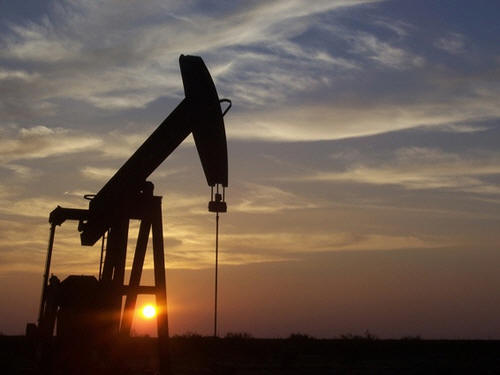|
Oil and Gas Exploration Surveying Worldwide
SEARCH FOR OIL AND GAS HYDROCARBONS
IN THE UK IN 2017 – Update
On my further research into the oil & gas exploration in and around the UK only we have had a long lean time when the price has been
so low that it barely made it financially feasible, however, the price seems now to be changing and the market seems to be picking up again.
Bearing this in mind of the potential benefits for companies exploring oil or gas in and around the UK we still need to try and find the
easiest and cheapest way to extract this valuable product. With my technique and talent I am able to track and search areas to locate potential oil & gas exploration areas in the UK.
To date I have picked up potential oil fields on the UK mainland to date, 30 oil fields, 12 oil & gas fields and 18 gas fields, all of
which I believe have not yet been found but which I believe would be financially feasible. I have worked this out by working on Google
earth surveying remotely the areas via my computer which I am able to do with the methods and technology that I use. Of course on mainland
Britain it would be easier to drill and find the potential oil or gas fields, it would be cheaper than at sea and we also need to try and
be self sufficient rather relying on other countries which is costing us more to import the oil and gas from these countries. It would
also mean that we would be more independent as a Nation seeing as we are leaving the EU so we need to look around and see how we can be
more self sufficient.
I believe we do not necessarily need to go down the road of fracking at this stage as I think we have sufficient resources of oil & gas
for some time yet because I have also picked up a further 24 oil fields and 8 oil & gas fields and a further 17 gas fields out at sea and
potentially I am also picking up 8 oil fields in the Falklands area.
There are other areas at sea where we have large faults, fractures and shatter zones within the existing natural rock which do hold potential
oil & gas fields of which I can locate remotely as proven in my references.
The follow up after the remote survey via Google Earth in which I have also given a guide to the potential depth, quantities and
quality/gravity of the oil is to go on site and pinpoint the edges of boundaries of the fields at which time I would work out the more
accurate depth etc of hydrocarbons and the potential quantities recoverable of barrels of oil including the hotspots which would be the
potential areas for drilling on site.
Please check my references for confirmation of my ability but one oil field has been comfirmed by a Company that I worked for in the UK.
Of course my method also saves time and money as there is no need for the use of airborne flights or seizmix which is costly, as my method
is far the cheapest and can be the quickest way even if I visit the site with driving over the boundaries my technique will still work and
even if we fly over the site my technique will still work, which is important in this day and age.
Further updates will follow in 2017 regarding South Africa & Namibia Project.
Searching for Oil
 Oilmen, in
particular, seem to have a passion for dowsing, probably because
finding oil remains something of a remarkable art - no matter how
sophisticated the technology you use to locate it. And the
industry seems to have profited vastly from dowsing. Oilmen, in
particular, seem to have a passion for dowsing, probably because
finding oil remains something of a remarkable art - no matter how
sophisticated the technology you use to locate it. And the
industry seems to have profited vastly from dowsing.
In
1910, diviners reputedly discovered one of the most spectacular
oilfields in the US. At its peak, the California Lakeview Number 1
‘gusher' spurted a fountain of oil 200 feet into the air and produced
over 100,000 barrels a day. It was so prolific that the price of oil
temporarily collapsed by over two thirds. Atlantic Richfield, now part
of BP, was also reputedly found by dowsers, as was Union Oil. Pemex, the
Mexican oil major, made a fortune from an oilfield pinpointed by a
famous dowser.
On average oil companies
can drill 5 wells and perhaps only one would be successful quantity-wise
the other 4 could either have insufficient natural oil and gas in them
or they could be dry. As a dowser, I can penetrate the ground as deep
as where the natural oil or gas is. If there is no natural oil or gas
then I get no reactions. I can pick up the geological structures, the
fracture zones, the shatter zones, the basins and salt domes. The basins sometimes
contain natural oil and gas within the structures other times the basins
have got no natural oil or gas of sufficient quantities. The other
advantage of using a dowser, like myself, is that I can give a good
guide as to the quantity of natural oil and gas recoverable under normal
natural pressure and I can give a guide as to the quantity within the
whole structure.
|